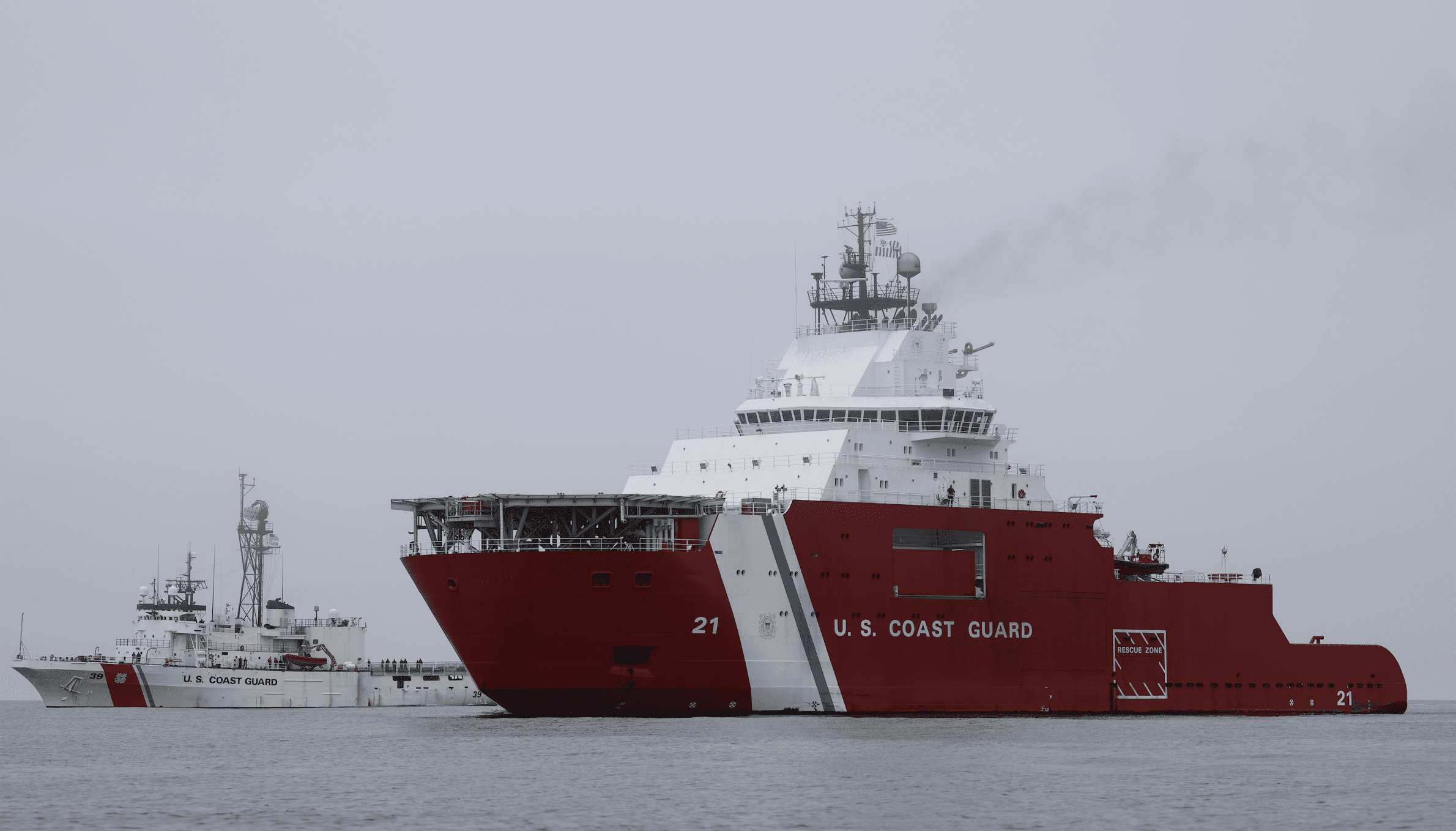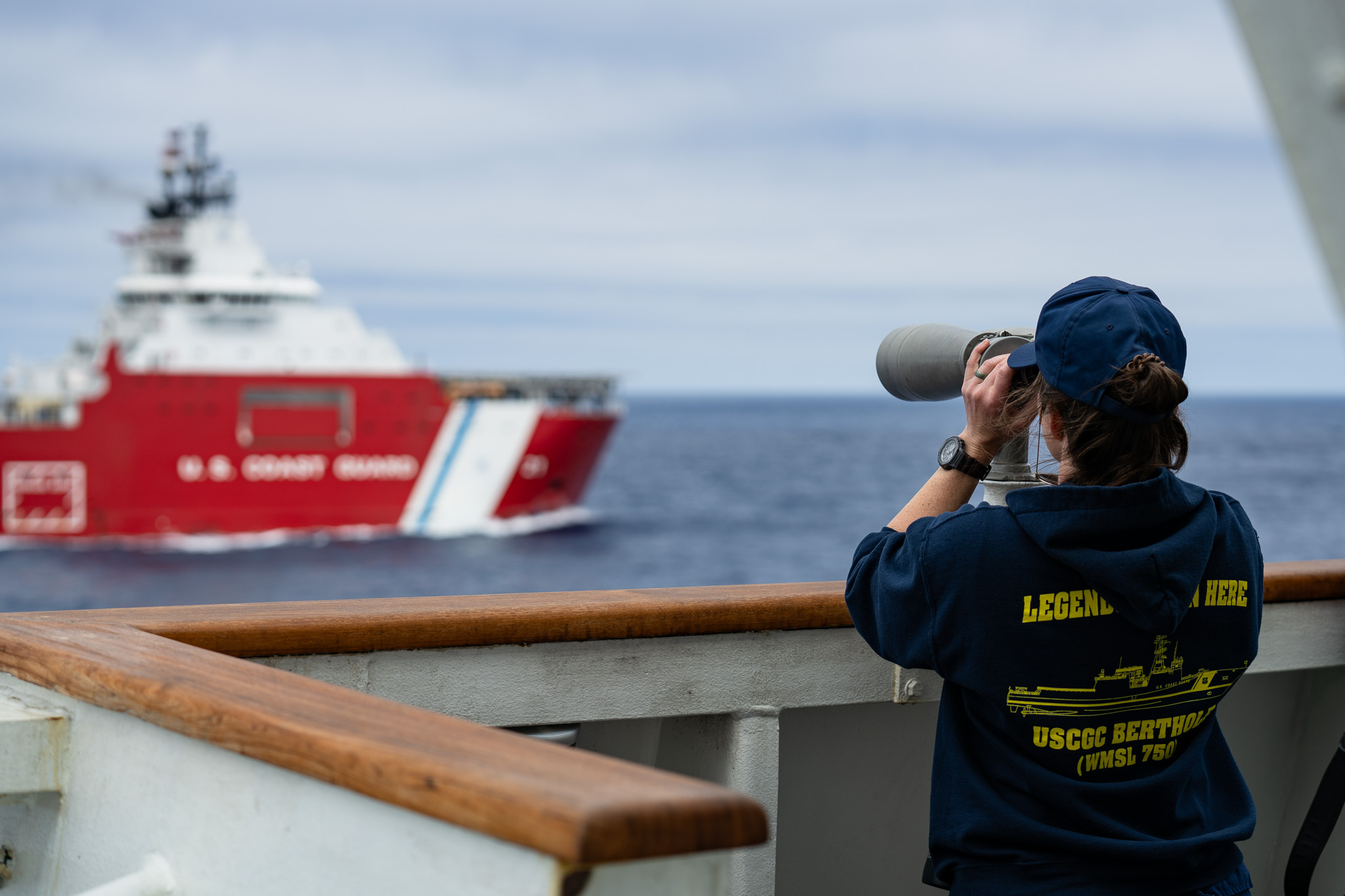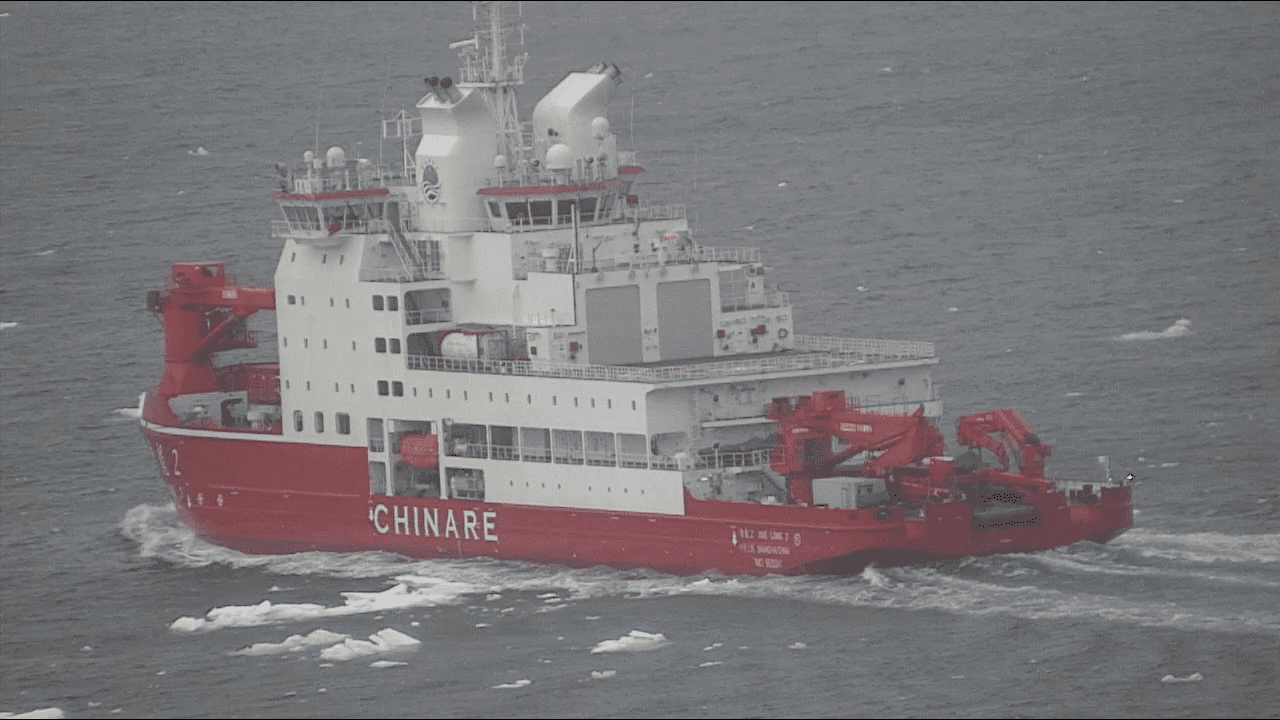
The Coast Guard Cutter Haddock transits to the starting location for the San Diego Bay Parade of Lights, Sunday, Dec. 20, the event at which the fatal collision occurred. U.S. Coast Guard photo by Petty Officer 2nd Class Jetta H. Disco.
WASHINGTON – Officers from the Coast Guard’s office of investigations and casualty analysis attended a hearing of the National Transportation Safety Board here today as the NTSB outlined findings and recommendations related to recent accidents involving Coast Guard vessels, including the fatal collision with a recreational boat in San Diego, December 2009, killing 8-year-old Anthony DeWeese.
“We want to thank the NTSB for its thorough investigation and insight on this accident. Many of the findings in the NTSB investigation confirm the Coast Guard’s own investigation and study of the accident,” said Capt. David Fish, chief of the office of investigations and casualty analysis. “We will continue to learn all that we can from their insight and thorough investigation as well as our own.”
In October 2010 the Coast Guard completed the Boat Operations Safety Review, which examined root causes and underlying issues of boat accidents. The Coast Guard has already, as a result of the BOSR, established policy on the use of personal electronic devices on boats, continued to standardize boats for increased safety across platforms, and increased navigation training requirements for boat crews. The service is also ensuring boat stations have the most suitable boats to appropriately carry out local missions.
“With a reputation as the nation’s premier maritime safety agency; our role is to protect the public. We will continue to collaborate with the NTSB to improve the safety of our operations,” said Fish. “Serious boat accidents in the Coast Guard are rare and we are committed to preventing even a single occurrence.”
In response to previous NTSB recommendations the Coast Guard established enhanced oversight procedures that direct unit commanders to continuously evaluate the readiness of their boats and crews. Regional commanders were also directed to conduct annual “Ready for Operations” evaluations to determine unit compliance with Coast Guard policies and procedures.
Source: USCG

 Join The Club
Join The Club











